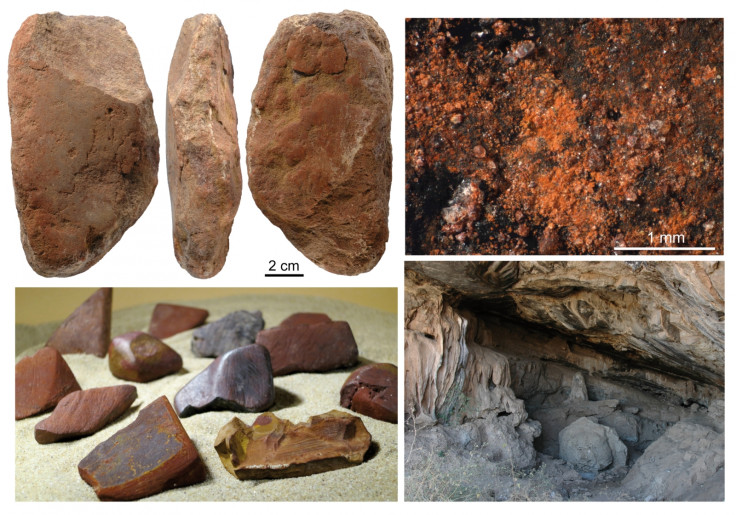Middle Stone Age tools associated with complex cultural behaviours
The tools bear traces of complex techniques used to process ochre for rituals and in daily life.

Around 40,000 years ago, humans in East Africa may have employed sophisticated techniques to process ochre pigments, scientists have found out. This use of ochre may have had functional, but also symbolic purposes.
The presence of ochre on sites from the Middle Stone Age is not uncommon and has often been described in past studies. However, little has been said about the tools that were used to process the ochre and scientists have been unable to conclude on whether ochre was used for utilitarian purposes or in symbolic rituals, such as body painting.
The study published in PLOS ONE attempts to provide an answer, showing that humans who lived in East Africa at the time of the Middle Stone Age may have used ochre for both kinds of practices – exhibiting greater cultural and behavioural complexity than thought previously.
Complex techniques and behaviours
The team from the University of Bordeaux (France) have worked in the Porc-Epic cave, a 40,000 year old Middle Stone Age site located in Ethiopia.
No other sites from the time has such an important record of ochre processing techniques. The scientists have indeed collected 21 ochre-processing tools and two ochre-stained artefacts to analyse. Using different techniques such as microscopy and X-rays, they have determined where the ochre residues on the objects were extracted from.
The Middle Stone Age is a period of prehistory which is most often described as having began 280,000 years ago and to have ended around 50–28,000 years ago.
They have discovered that the tools were used to process different iron-rich rocks. Some stones were also used as grindstones to produce ochre powder of different colour and coarseness.
This ochre diversity suggests that those who worked used sophisticated production techniques associated with complex behaviours. The differences between the types of ochre reflect different purposes. The scientists believe for instance that the finer ochre would have been ideal for body painting, while coarser ochre would have been used as glue to put on tools.
These findings suggest East African prehistoric human communities who lived during the Middle Stone Age already had complex cultural codes and behaviours.
© Copyright IBTimes 2025. All rights reserved.






















